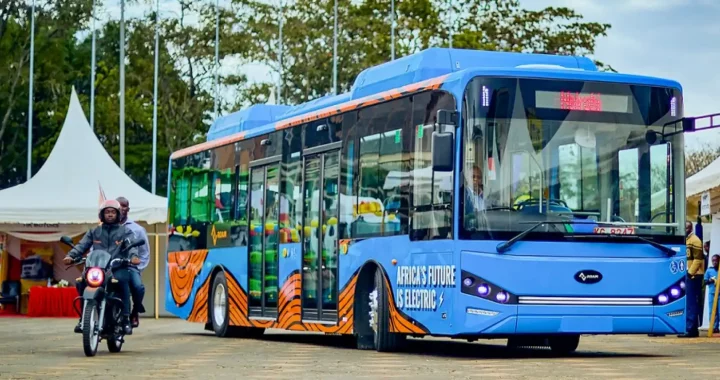China’s Four Decades of Journey: Lifting 770 Million People Out of Poverty

Photo by Gani Nurhakim on Unsplash.
As much as 10% of the world’s population is still struggling to make ends meet. Poverty eradication remains, to this day, an ongoing progress that needs national and international cooperation. When talking about progress, however, China has shown significant improvement in reducing poverty after four decades of the journey.
An Unprecedented Progress
China has the world’s largest population with a good 18.47% of the world living in the country. For over 40 years, China has been trying to improve the lives of the people living in extreme poverty in their country. In 2021, the government declared the success of its mission: lifting 770 million of its citizens out of poverty.
Considering the speed and the population, China’s progress is unprecedented. Thus, a joint report between China’s government, the World Bank, and the China Center for International Knowledge on Development was released. Titled “Four Decades of Poverty Reduction in China: Drivers, Insights for the World, and the Way Ahead”, it studied the phenomenon to examine the key factors, insights, and lessons learned.
The Key Drivers and Insights
The report reveals that China’s poverty eradication progress is based on two pillars. The first pillar focuses on transforming the economy to open new opportunities and raise income. The second pillar recognizes the need for targeted support to alleviate poverty. The report also notes that China’s success is supported by the country’s favorable initial conditions, such as a relatively well-educated and healthy population and low fertility rates, among many others.
China’s achievement in poverty eradication can be attributed to effective governance and policy implementations. There are four aspects included in the report as the key drivers of China’s poverty eradication:
- The growth in agricultural productivity increased farmer incomes and allowed laborers to migrate into other sectors and urban areas. This enabled households to strengthen their economy by diversifying income sources, thus reducing poverty risk.
- Through progressive industrialization, more and better jobs have become available in China. With the surplus of agricultural laborers, the country started the consumer goods and services sectors, thus opening many job opportunities and generating global investments.
- Rapid and managed urbanization due to industrial growth improved the livelihoods and earnings of migrants and reduced poverty among nonmigrants in rural areas.
- Expanding the infrastructure investments, especially transportation infrastructures, gave rural people the opportunity to access the markets to sell their goods and buy their needs. This also allows the distribution of gains from the country’s export-led development to be shared between the urban and rural areas.
China’s Future Plan
Claiming this success is not the end of China’s poverty eradication plan. The report concludes that the country will now focus on closing the gaps in accessibility to services, dealing with inequalities in economic opportunities, and mitigating global economic changes, especially for the vulnerable.
“We have accomplished the arduous task of eliminating extreme poverty and made significant contributions to global poverty reduction. Going forward, China will continue to sustain and expand the gains in poverty alleviation and comprehensively realize rural revitalization,” said Yu Weiping, Vice Minister of Finance.
Read the full report here.
Editor: Nazalea Kusuma
Kresentia Madina
Madina adalah Asisten Manajer Publikasi Digital di Green Network Asia. Ia adalah lulusan Program Studi Sastra Inggris dari Universitas Indonesia. Madina memiliki 3 tahun pengalaman profesional dalam publikasi digital internasional, program, dan kemitraan GNA, khususnya dalam isu-isu sosial dan budaya.

 Test Custom Feature Image
Test Custom Feature Image  Electric Vehicles Roam the Roads of Kenya
Electric Vehicles Roam the Roads of Kenya  FedEx Engages Employees with Beach Clean-Up Initiative
FedEx Engages Employees with Beach Clean-Up Initiative  Come Back Stronger: Building Philippines’ Resilient Economy Post-COVID-19
Come Back Stronger: Building Philippines’ Resilient Economy Post-COVID-19  Inside Experian’s Sustainability Journey: An Interview with Chief Sustainability Officer Abigail Lovell
Inside Experian’s Sustainability Journey: An Interview with Chief Sustainability Officer Abigail Lovell  5 Food System Actors That Have Taken the 123 Pledge to Reduce Food Loss & Waste
5 Food System Actors That Have Taken the 123 Pledge to Reduce Food Loss & Waste  Test premium post
Test premium post